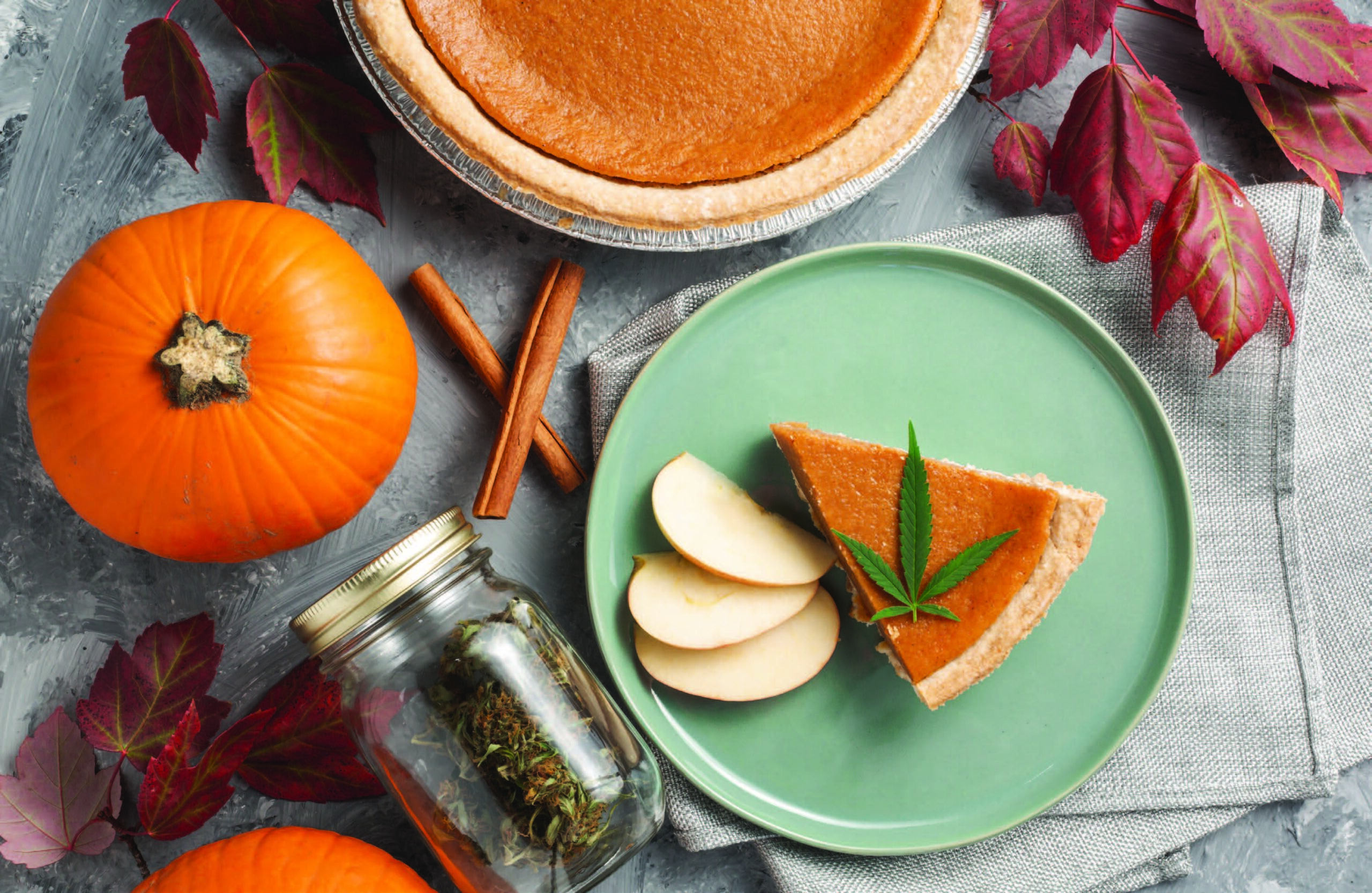I’ve never really been into drinking holidays, but last year I participated in a real-life St. Patrick’s Day Parade in Baton Rouge, Louisiana. The parade lasted approximately four hours, and the party lasted a good four hours on either side of that. It involved slow-moving floats, switchbacking through several neighborhoods, throwing Mardi Gras-style beads in shades of Irish pride (green, white, and orange), and lots and lots of public consumption of alcohol – even on the floats, which have to be in the parade for the entire four hours. There were port-a-potties on most floats. On the side of the roads where the concentration of people was dense, there were also piles of garbage and a strong odor of urine. At the underpass, an area where the parade passes five or more bars in a row, you’re greeted by the most intoxicated individuals: shirtless revelers, lines to use the rows of port-a-potties, the impatient people peeing on the side or behind the outdoor toilets, and costumes that ranged from elaborate (think full Pope regalia in Irish green) to the usual “Kiss me, I’m Irish” T-shirt.
I don’t really know if this is what St. Patrick was hoping his saint day would look like. I’m not sure what the Irish would think of the American version of their holiday. Americans are really good at taking cultural artifacts and turning them up to 11. Whether it’s pizza, hamburgers, barbecue, tacos, or sushi, it doesn’t matter what culture created the food. We will take it and make it ours, and then sell it back to you. This is especially true with beer.
Lager beer? That was Czech/Bavarian speciality that immigrated to America, and was then exported into the world’s beer by the advancements made by American brewers. The refrigerated distribution and storage allowed lager brewers to claim vast territories with the temperature-sensitive brew.
The IPA? An English style of beer that has become so Americanized it has developed regional identities. If you’re a brewery that makes an IPA, it’s very common to differentiate your beer by its coastal preference. Is it a piney, resinous, dank West Coast IPA, à la Pliny the Elder? Or, is it a juicy, hazy, fruity Northeast IPA, à la The Alchemist’s Heady Topper? All this focus on hops, the ingredient that lends the primary flavor to all varieties of IPA, has opened up the possibility of terroir in hops. Brewers who work closely with their farmers are starting to notice all the small things that wine specialists have been noticing for eons. This hop craze is being exported all over the world.
Name a beer style and Americans are brewing it, probably with more vigor and passion than the original culture. Gose, wit, Berliner weisse, Russian imperial stout, Mexican lager, Baltic porter, lambic, saison – these are all styles that American brewers have either conquered or have their eyes set on taking. Yes, lambic and saison are still firmly Belgian, but these styles are so foreign to the American brewing tradition that American brewers have only been doing these styles in the States for a decade or two at the most. We are so close to having a regional/ideological feud over spontaneous and wild ale, and I am here for it.
But there is still a style of beer that is unconquerable. There is, so far, one kind of beer that no American brewer has successfully emulated or co-opted – not in name or by cultural association. This one style of beer remains entirely identified by its home country, even in our world of cultural supremacy by appropriation. Do you know it?
On St. Patrick’s Day, there is likely one beer that will be drunk more than any other, and that is Guinness, an Irish stout. This dark, roasty beer typifies Irish beer. It’s a light-drinking beer full of malty goodness. There are very few breweries that can brew dark beer on the same level as Guinness, and it is often the only dark beer on any given tap in the world. And that is sacred.
Robbie Wendeborn is the head brewer at Svendæle Brewing in Millerton, New York. He is also a former beer plumber at Ska Brewing.













